Propagating Spiderettes: Learn How To Root Spider Plant Babies
If you're looking to increase your collection of houseplants without spending any money, propagating spiderettes from an existing plant is as easy as it gets.
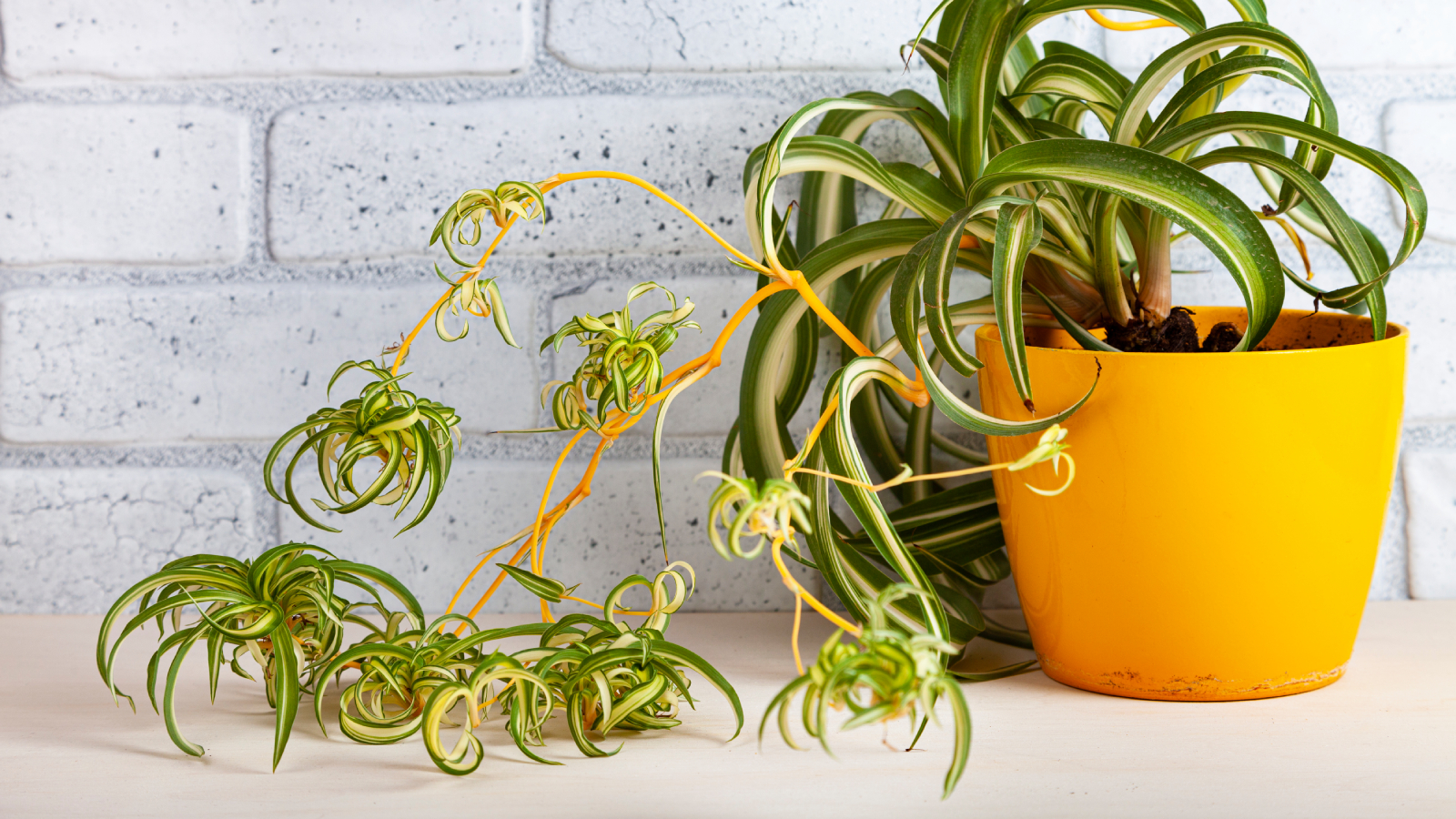
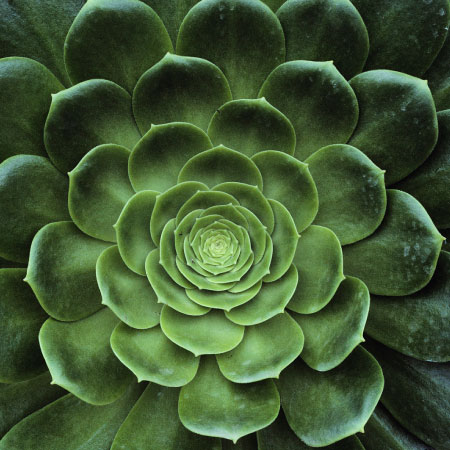
Amy Draiss
If you’re looking to increase your collection of houseplants without spending any money, propagating spiderettes, (spider plant babies), from an existing plant is as easy as it gets. Even kids or brand new gardeners can easily learn how to root spider plantlets. Read on to learn more about propagating your spider plants.
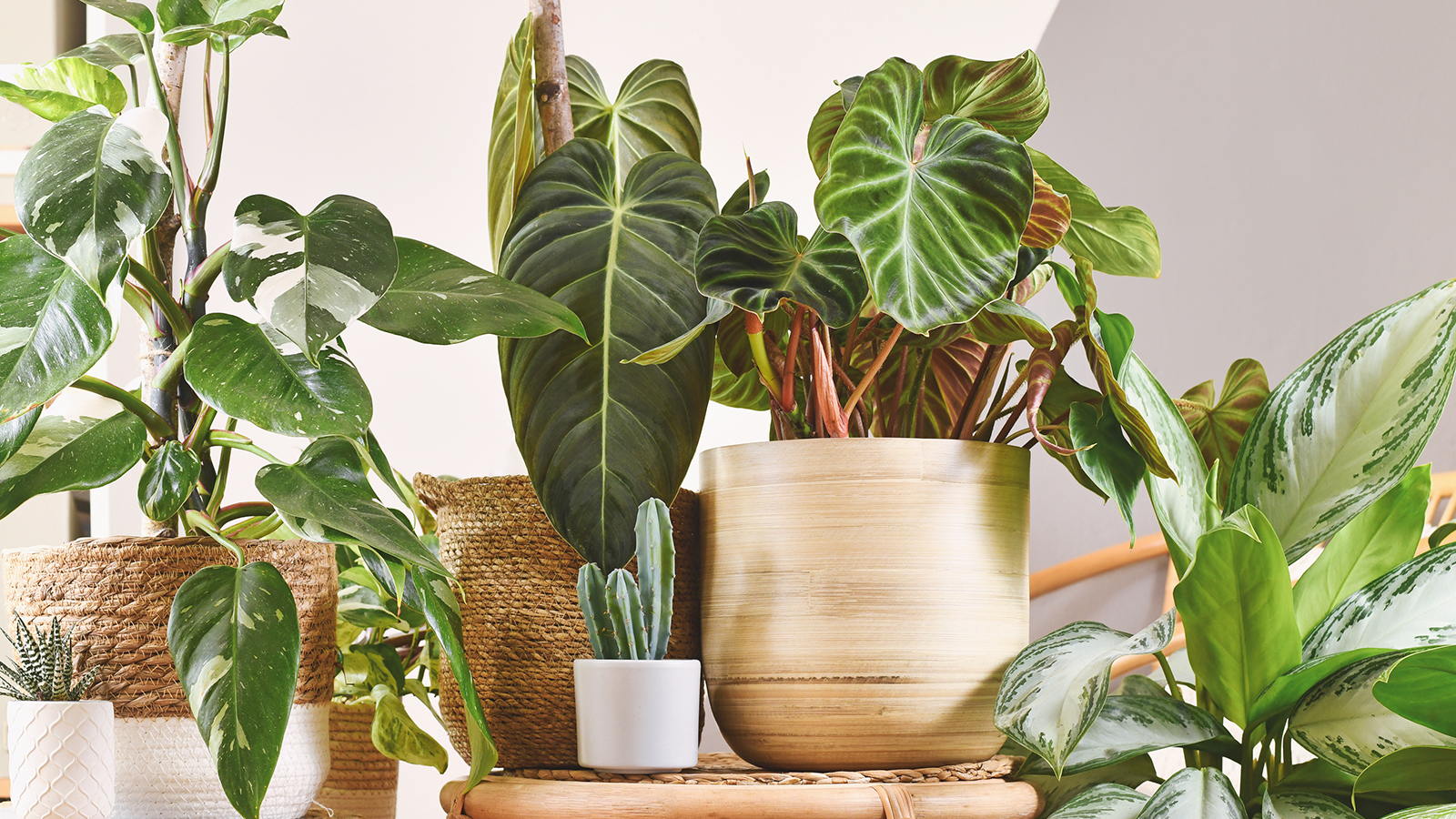
Browse wonderful and unique houseplants currently in stock in the Gardening Know How Shop.
Spider Plant Propagation
When you’re ready to propagate your spider plant babies, you have the option of rooting the plantlets by growing directly in soil or you can choose to root them in water. Spider plant propagation is very simple and yields great results with little effort.
Growing Plantlets From Spider Plants
There are a couple of ways to plant spider plant babies, and they’re both easy peasy. Look closely at the spiderettes dangling from your adult plant and you’ll see little knob-like protrusions and tiny roots on the bottom of each spiderette. Spider plant propagation simply involves planting the spiderette in a pot filled with any lightweight potting mix. Be sure the pot has drainage holes in the bottom.
You can leave the baby attached to the parent plant until the new plant takes root, then separate it from the parent by snipping the runner. Alternatively, go ahead and separate the baby from the parent plant by snipping the runner immediately. Spiderettes will root easily either way, but if you have a hanging spider plant, the latter is the best way to go.
How To Root Spider Plantlets In Water
Planting spiderettes in potting soil is the easiest and quickest way to propagate spider plant babies. However, if you like, you can stick the baby spider plant in a glass of water for a week or two, then plant the rooted spiderette in a pot of soil. This is an unnecessary step, but some people enjoy rooting a new plant the old-fashioned way – in a jar on the kitchen windowsill.
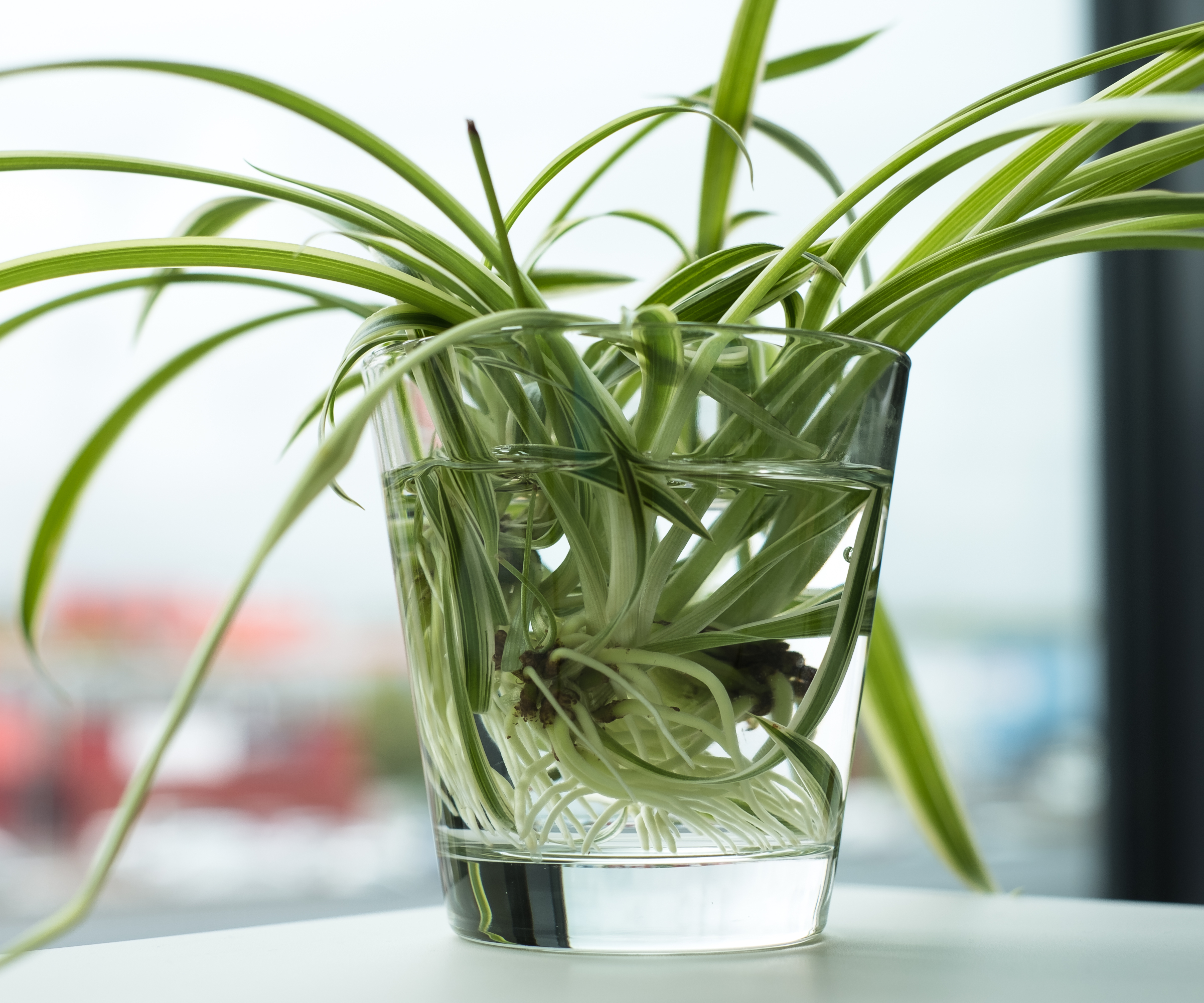
Caring For Spider Plant Babies
If you want a thick, bushy spider plant, start several spider plant babies in the same pot. Similarly, if your adult spider plant isn’t as full as you would like, plant a couple of spiderettes alongside the mama plant.
Water the spider plant babies as needed to keep the soil slightly moist, but never saturated, until healthy new growth indicates the plant has rooted. Your new spider plant is well on its way, and you can resume normal care.
Gardening tips, videos, info and more delivered right to your inbox!
Sign up for the Gardening Know How newsletter today and receive a free copy of our e-book "How to Grow Delicious Tomatoes".
More Houseplant Inspiration
- Learn how to propagate plants so you can expand your houseplant collection for free!
- Explore the hottest houseplants of the year and get ideas for your next acquisition.
- Shop for houseplants and houseplant essentials like the Cleo watering can and sprayer set found in the Gardening Know How Shop.
- Sign up for the free Gardening Know How Newsletter to get expert advice, new product releases, and garden inspiration delivered straight to your inbox.
This article features products available from third-party vendors in the Gardening Know How Shop.

A Credentialed Garden Writer, Mary H. Dyer was with Gardening Know How in the very beginning, publishing articles as early as 2007.
- Amy DraissDigital Community Manager
-
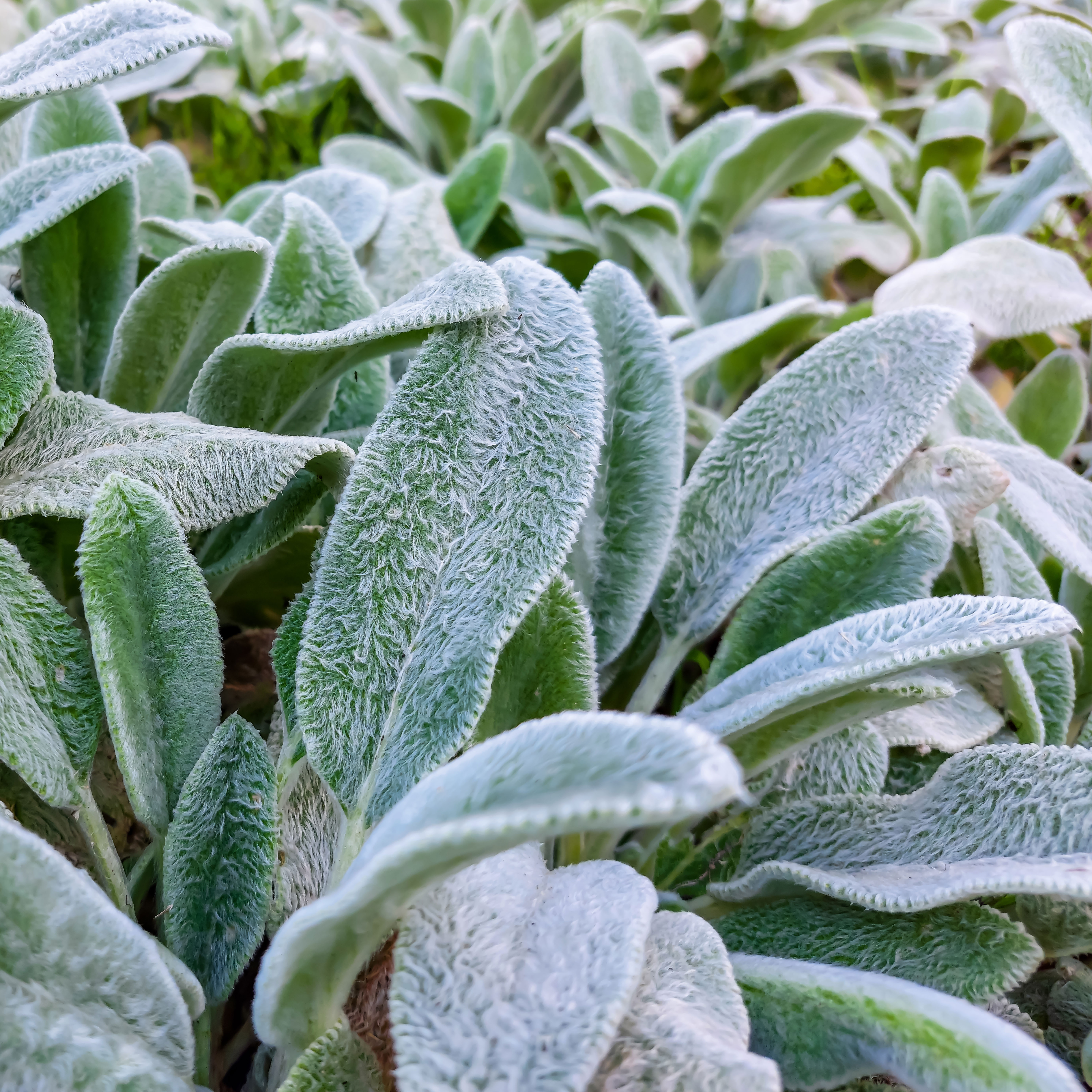 Looking For Plants To Give You The Soft And Fuzzies? Try These 5 Fuzzy Leaf Plant Options
Looking For Plants To Give You The Soft And Fuzzies? Try These 5 Fuzzy Leaf Plant OptionsLovers of texture, drama, silver foliage and tactile plants will adore these special sensory garden additions. These fuzzy leaf plant options will leave you all aglow
By Susan Albert
-
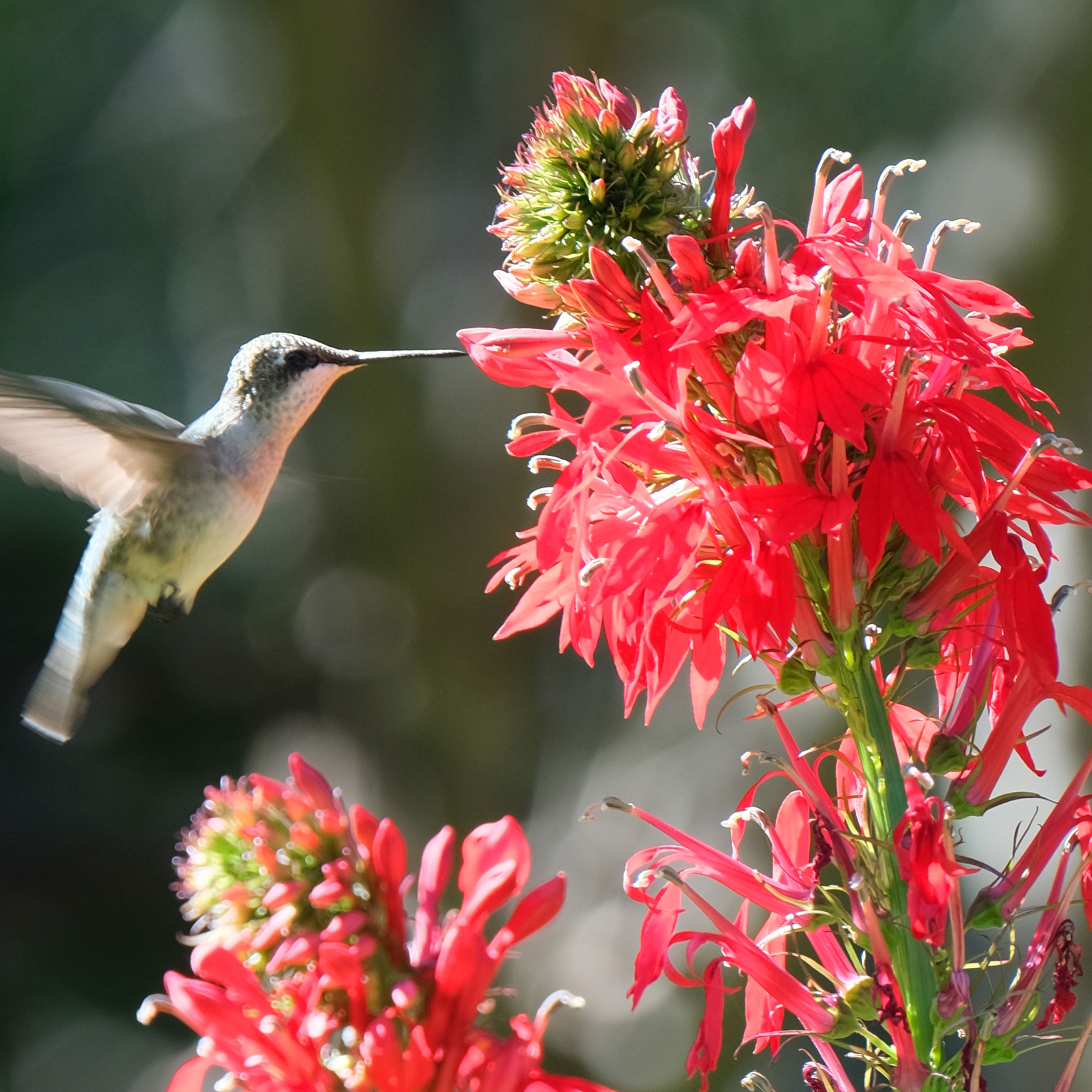 Get Ready For A Summer Of Hummers! Grow These Full Sun Hummingbird Plants and Flowers
Get Ready For A Summer Of Hummers! Grow These Full Sun Hummingbird Plants and FlowersIf you’re lucky enough to enjoy a sunny backyard, make sure you are maxing out on your pollinator opportunities and grow these full sun hummingbird plants and flowers
By Tonya Barnett
-
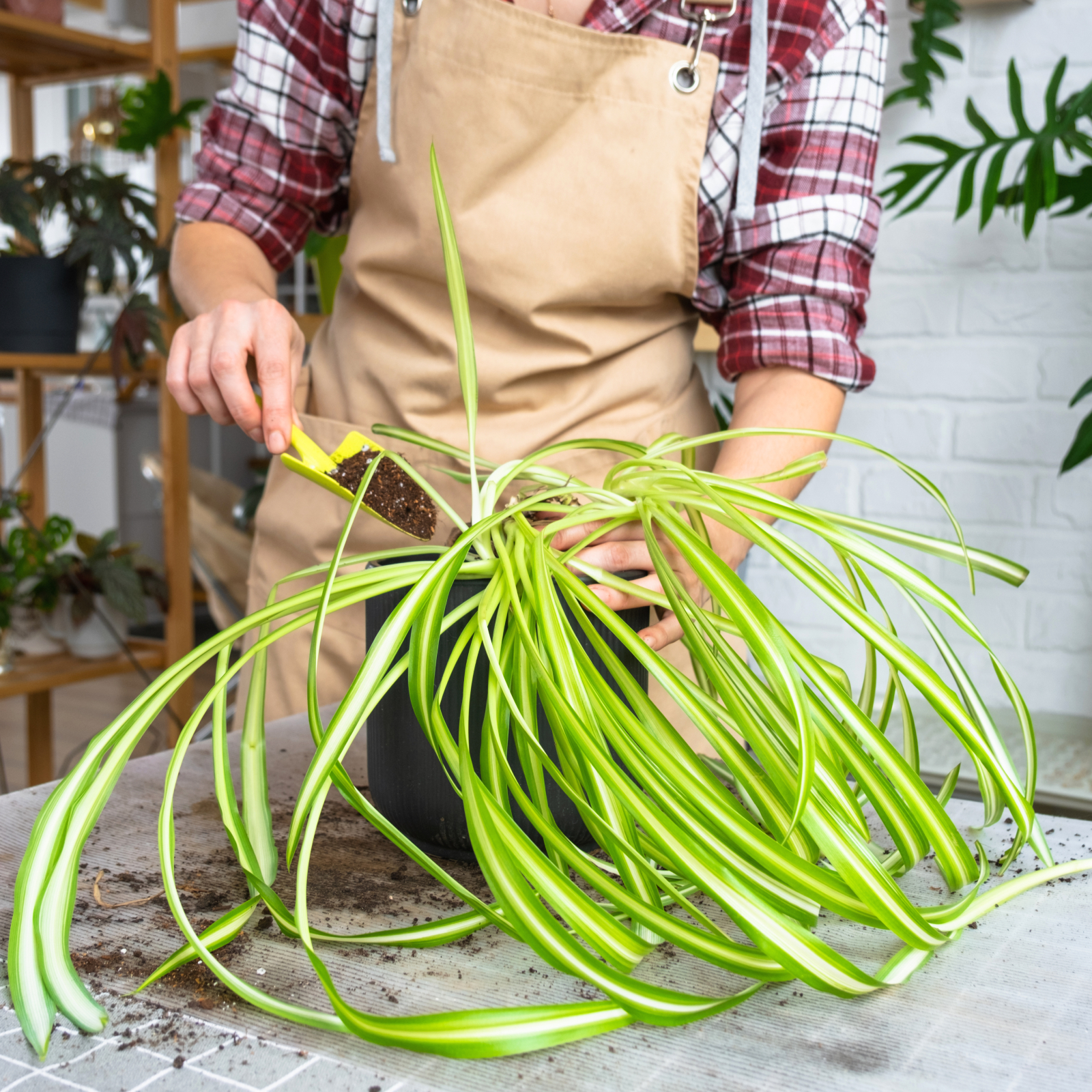 Best Spider Plant Soil – Complete Soil Guide And Expert Tips For Keeping Plants Happy
Best Spider Plant Soil – Complete Soil Guide And Expert Tips For Keeping Plants HappySpider plants are fun and easy plants to grow, but what is the best soil for a spider plant? Selecting the right soil is important so they can thrive.
By Bonnie L. Grant
-
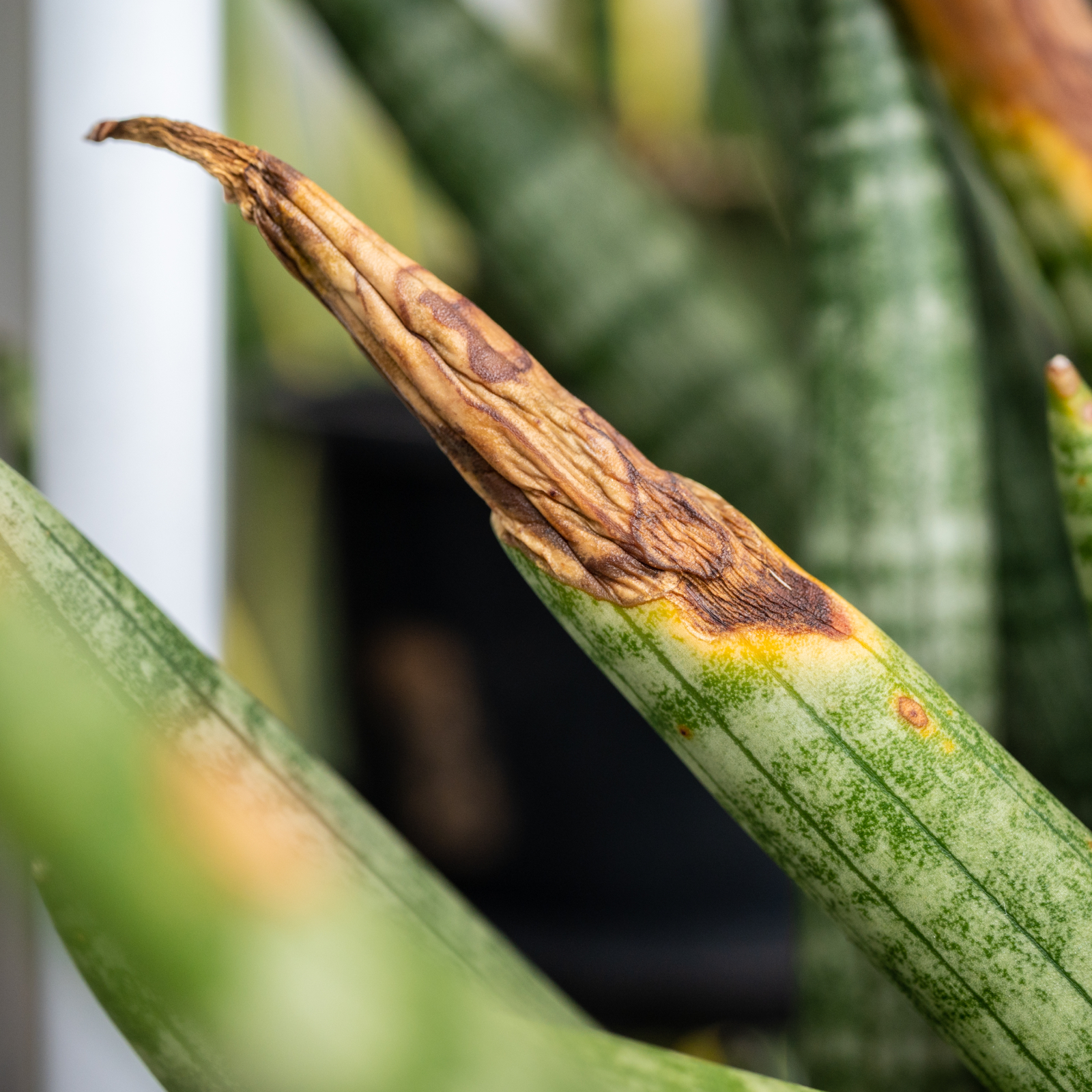 Help, My Snake Plant Is Mushy! Advice For Root Rot In Snake Plants
Help, My Snake Plant Is Mushy! Advice For Root Rot In Snake PlantsSnake plants are hardy houseplants, but they can be susceptible to root rot. Learn how to prevent and treat this common snake plant problem.
By Amy Grant
-
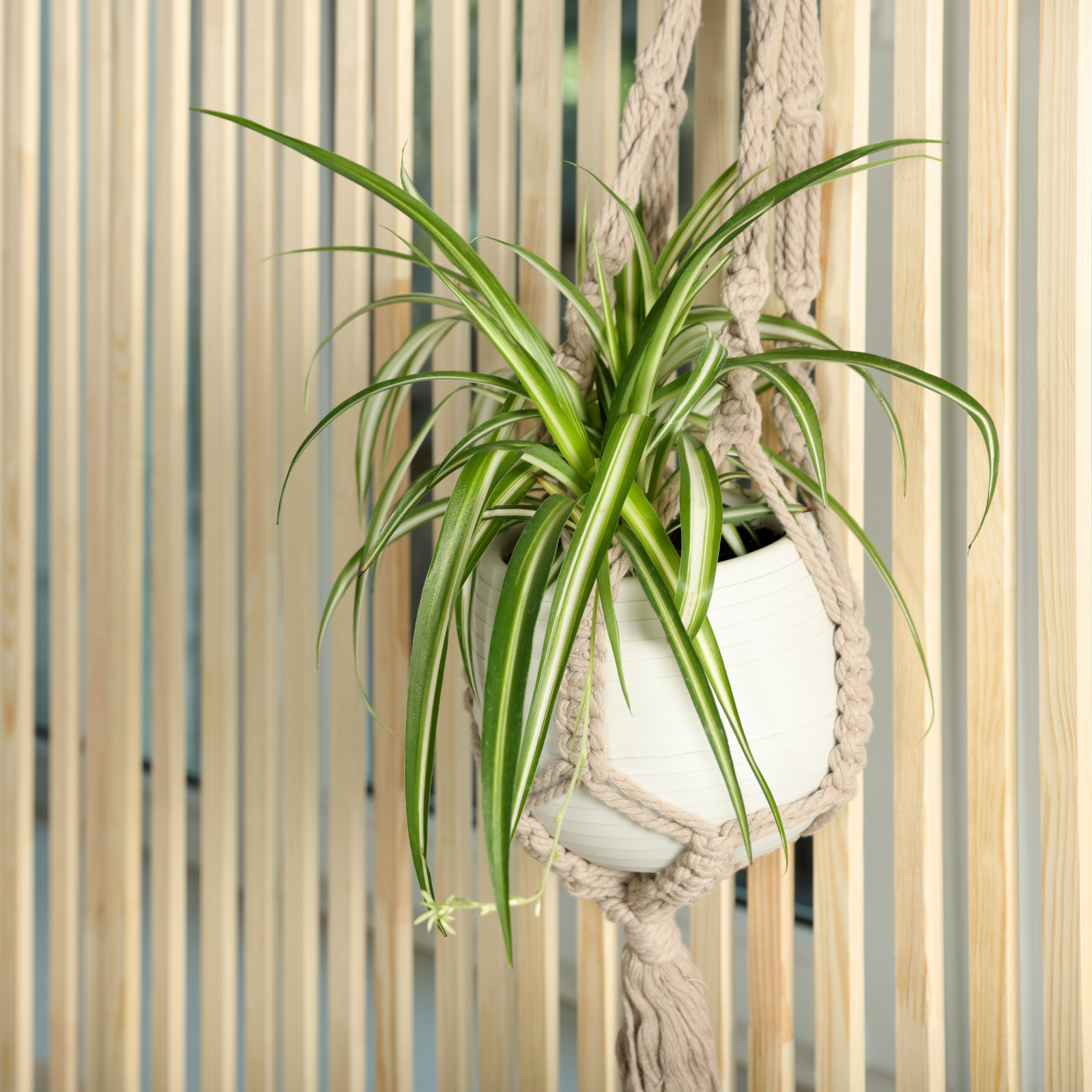 How To Grow A Hanging Spider Plant – For An Elegant Indoor Or Outdoor Display
How To Grow A Hanging Spider Plant – For An Elegant Indoor Or Outdoor DisplayOf all the beautiful baskets we see, the hanging spider plant is probably the easiest to grow. Let your hanging basket spill over with little spider plantlets!
By Teo Spengler
-
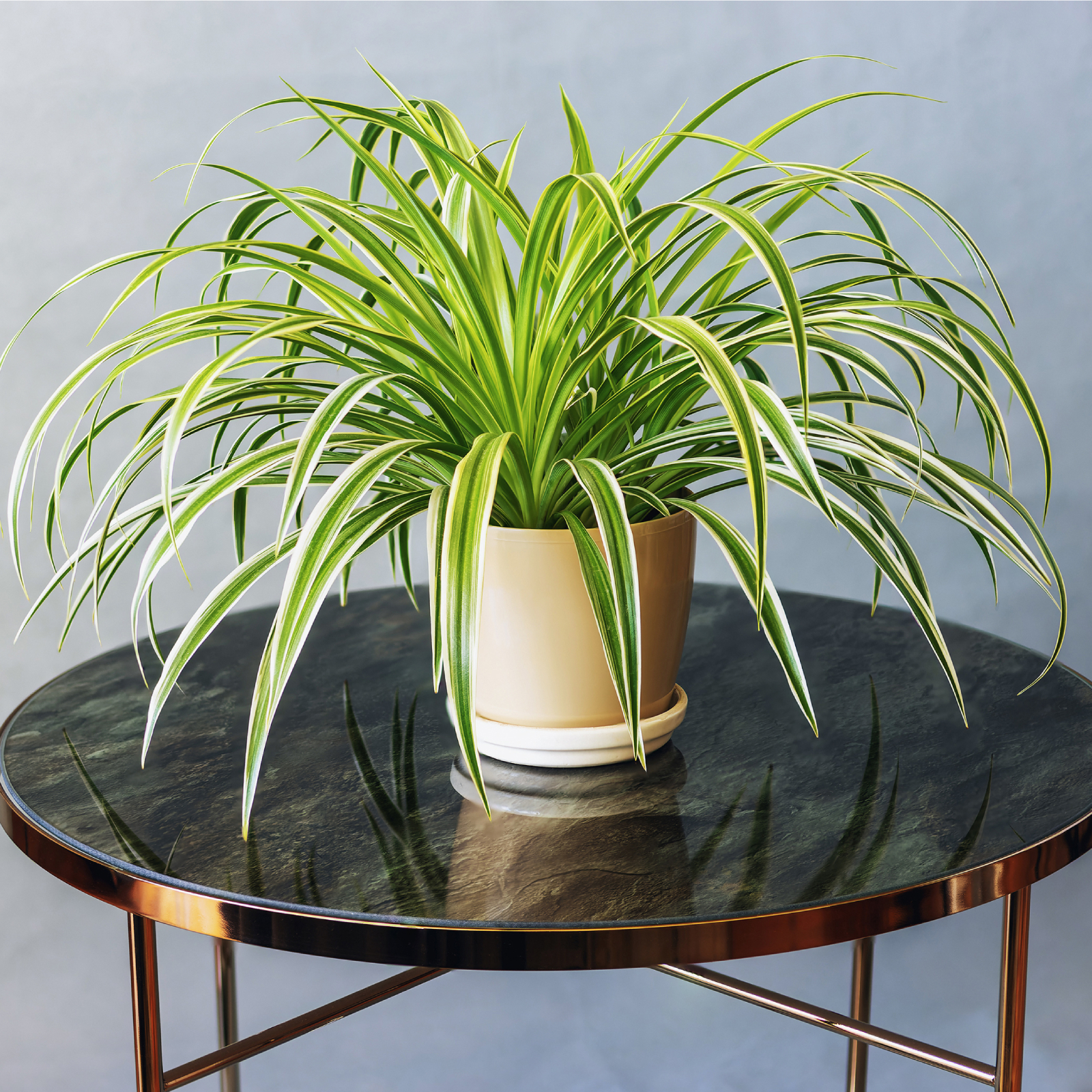 How To Care For A Variegated Spider Plant – Plus, Unique Varieties To Try
How To Care For A Variegated Spider Plant – Plus, Unique Varieties To TryVariegated spider plants and their streaks of green and cream tones bring interest and light to an indoor room, and will elevate your houseplant collection.
By Teo Spengler
-
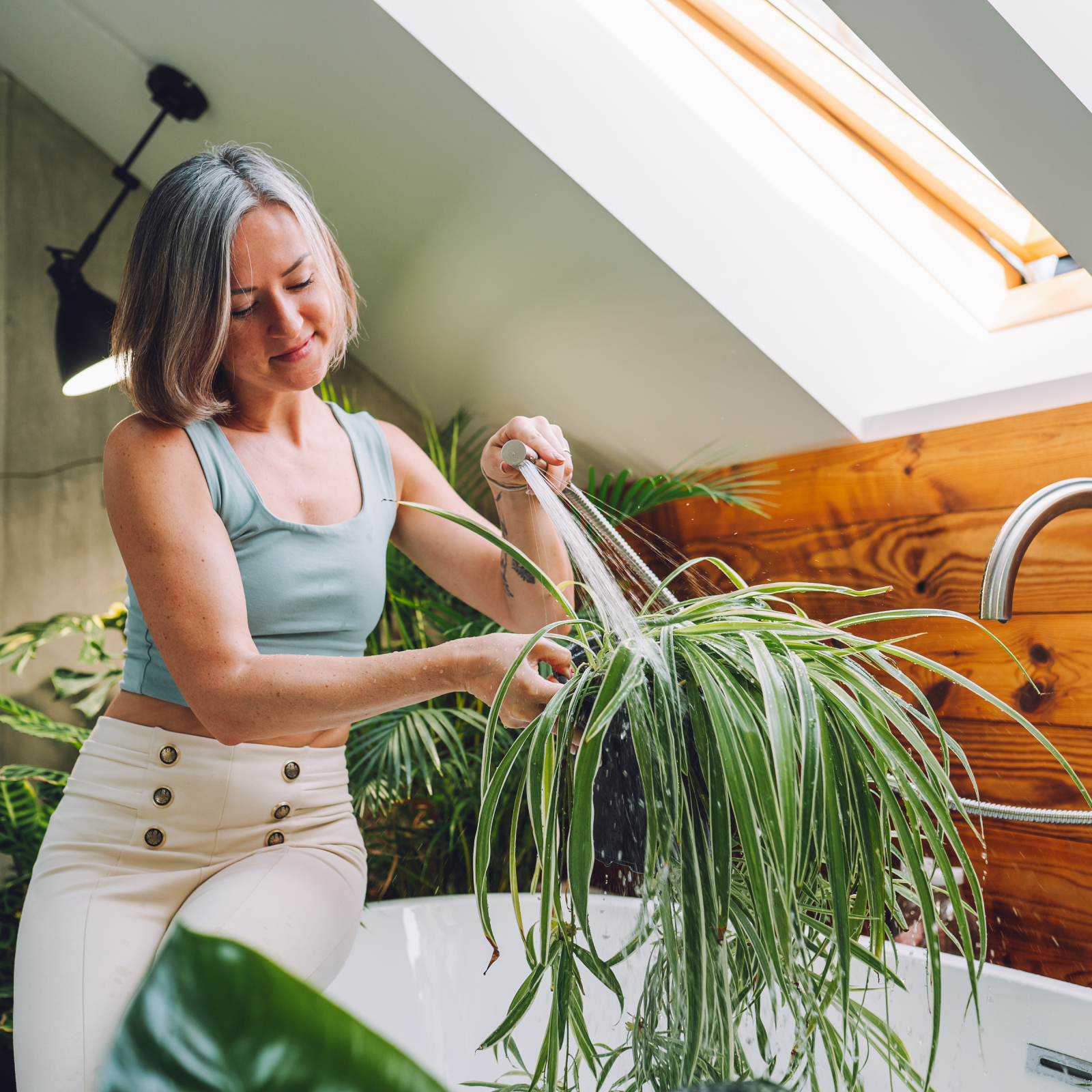 How Often Should You Water A Spider Plant? Tips To Keep Spider Plants Happy And Healthy
How Often Should You Water A Spider Plant? Tips To Keep Spider Plants Happy And HealthySpider plants are hardy and easy to grow, but they do need proper watering to thrive. Read our tips on how often to water your spider plants.
By Amy Grant
-
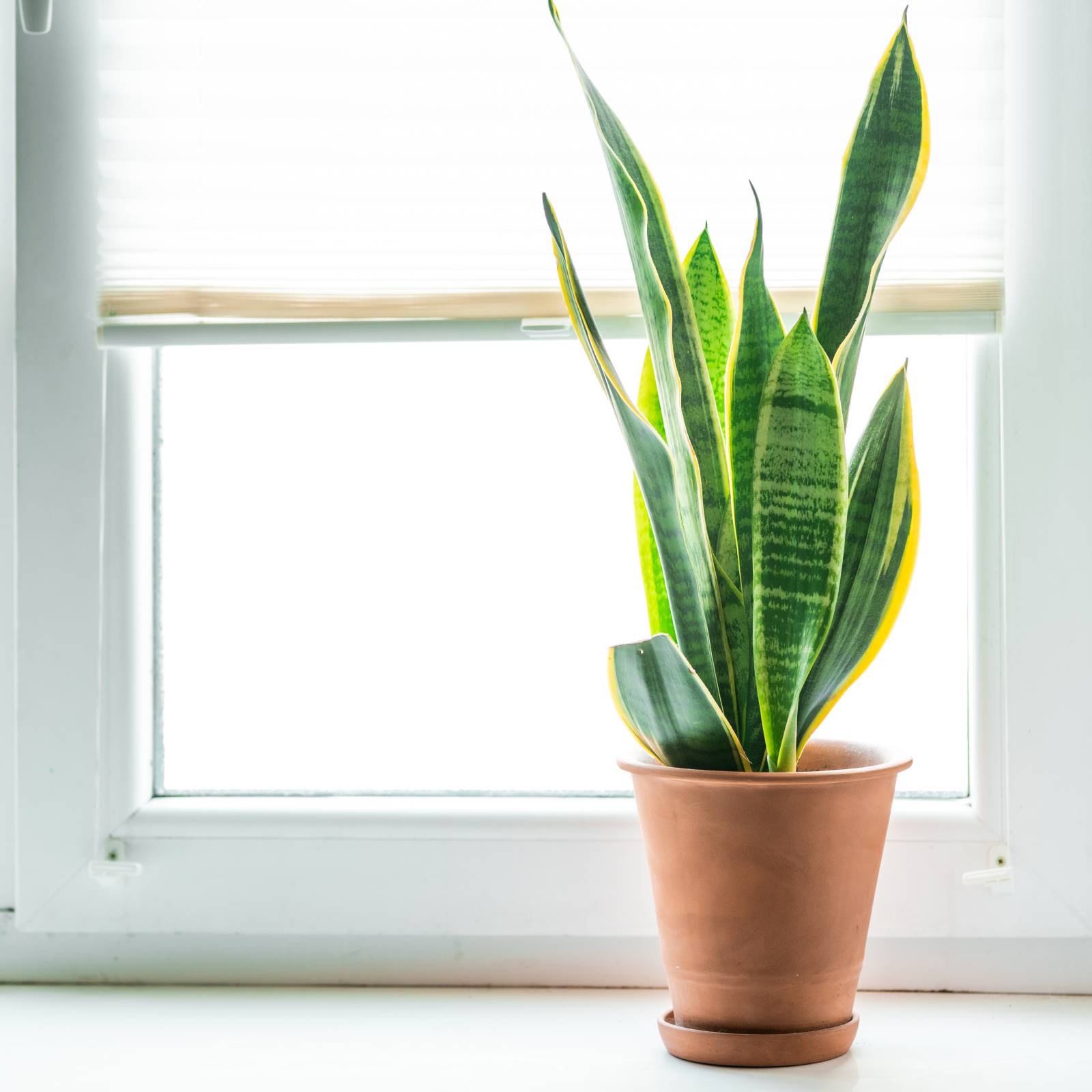 Snake Plant Getting Enough Light? Understanding Light Requirements And How To Adjust
Snake Plant Getting Enough Light? Understanding Light Requirements And How To AdjustSnake plant light requirements aren’t as stringent as for some houseplants, but the right lighting is important for their growth and well-being.
By Tonya Barnett
-
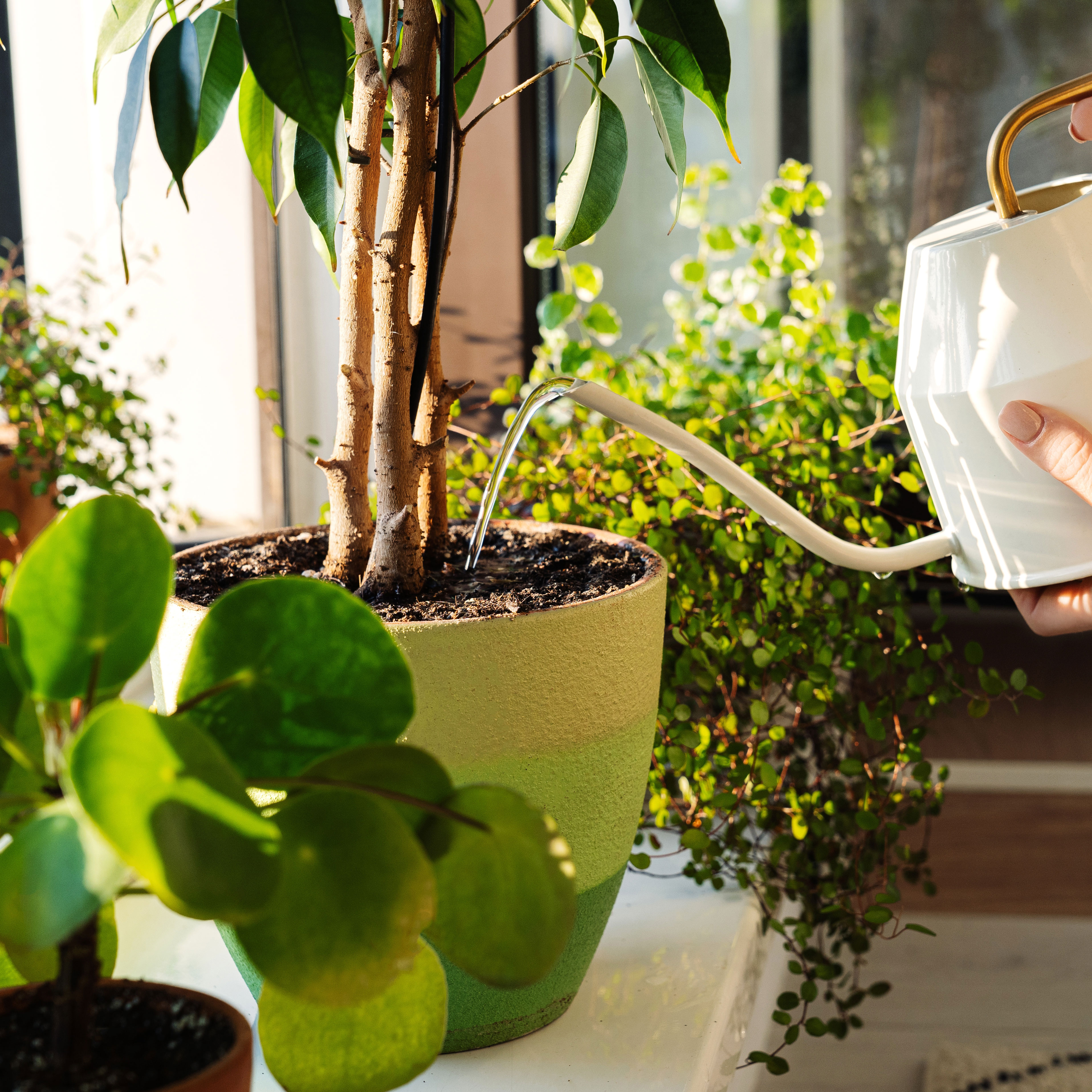 Feeding Houseplants: How And When To Fertilize Indoor Plants Like A Pro!
Feeding Houseplants: How And When To Fertilize Indoor Plants Like A Pro!Container-based houseplants have specific feeding needs over and above plants grown in the ground. Here’s how and when to fertilize indoor plants the right way
By Bonnie L. Grant
-
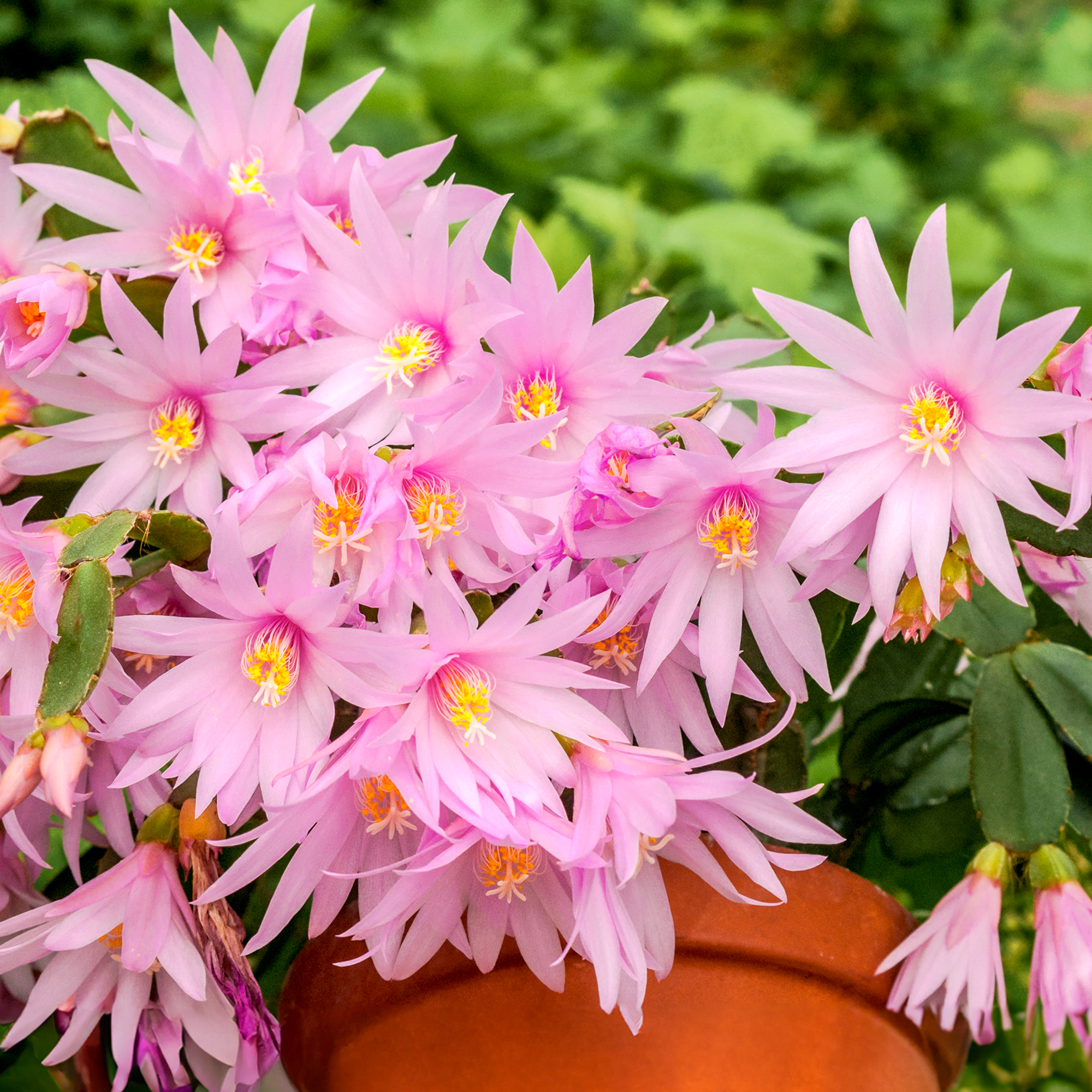 How To Get An Easter Cactus To Bloom Every Year: Expert Tips For Stunning Spring Flowers
How To Get An Easter Cactus To Bloom Every Year: Expert Tips For Stunning Spring FlowersDiscover the secrets to vibrant Easter cactus flowers and follow these key steps to ensure spectacular blooms just in time for spring.
By Melanie Griffiths